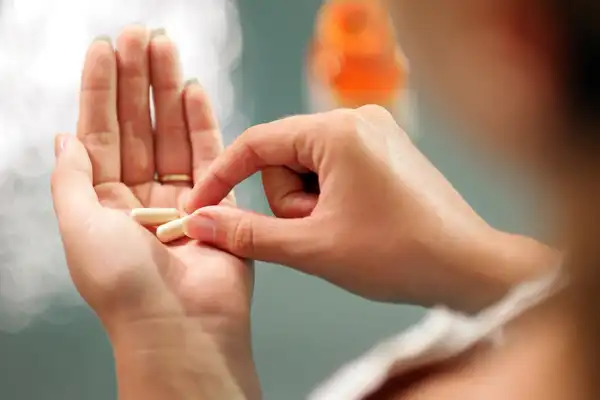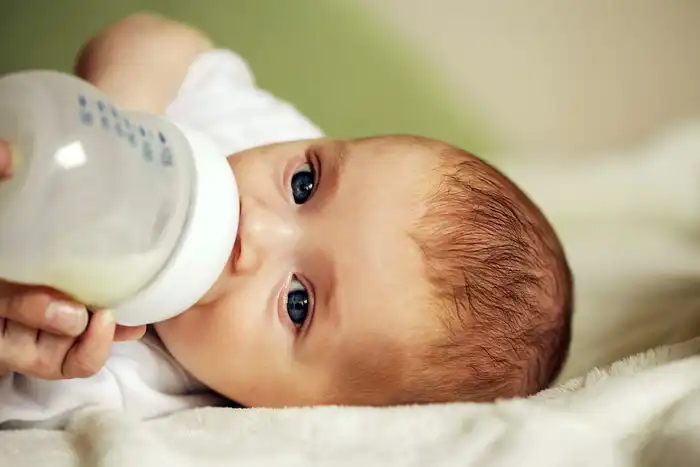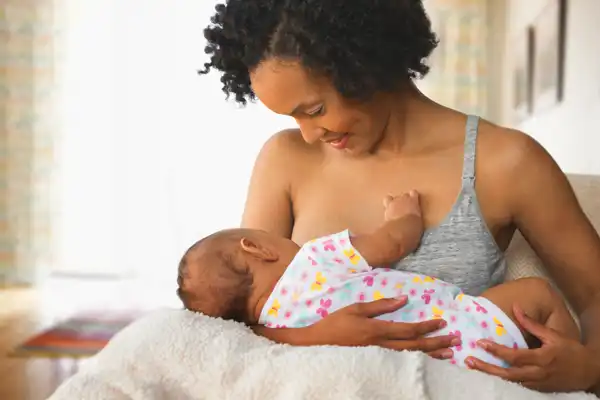Family & Pregnancy
Welcome to Grow, WebMD’s complete guide to raising a family. Whether you’re trying to conceive, preparing for delivery, navigating the toddler years, or raising a tween, Grow has the information you need for each stage of your child’s development.
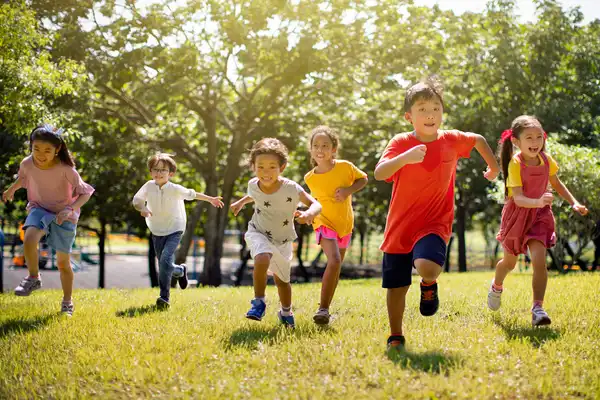
Article
Power of Play
Here's why time outside is important for your child's development.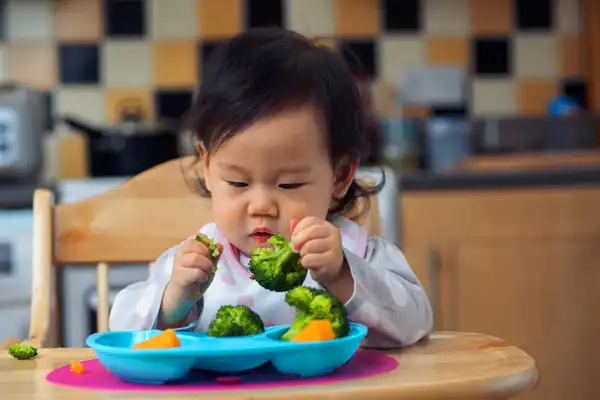
Slideshow
11 Ways to Get Kids to Eat More Veggies
It doesn't have to be a fight. Here's how to creatively introduce and serve them.
Slideshow
Health Snacks on the Go
10 great things to take when you're out and about.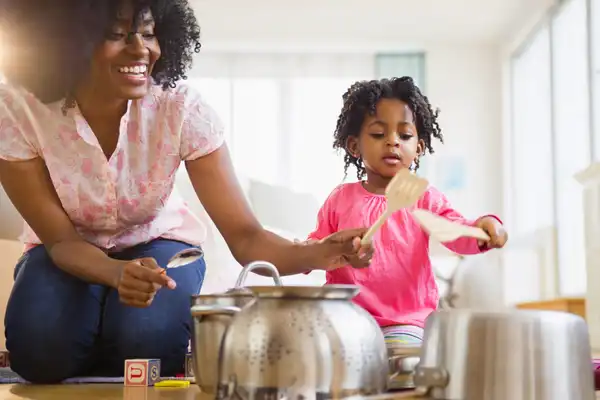
Slideshow
Rainy Day Activities
Keep your kids moving with these indoor games perfect for bad weather days.



